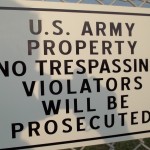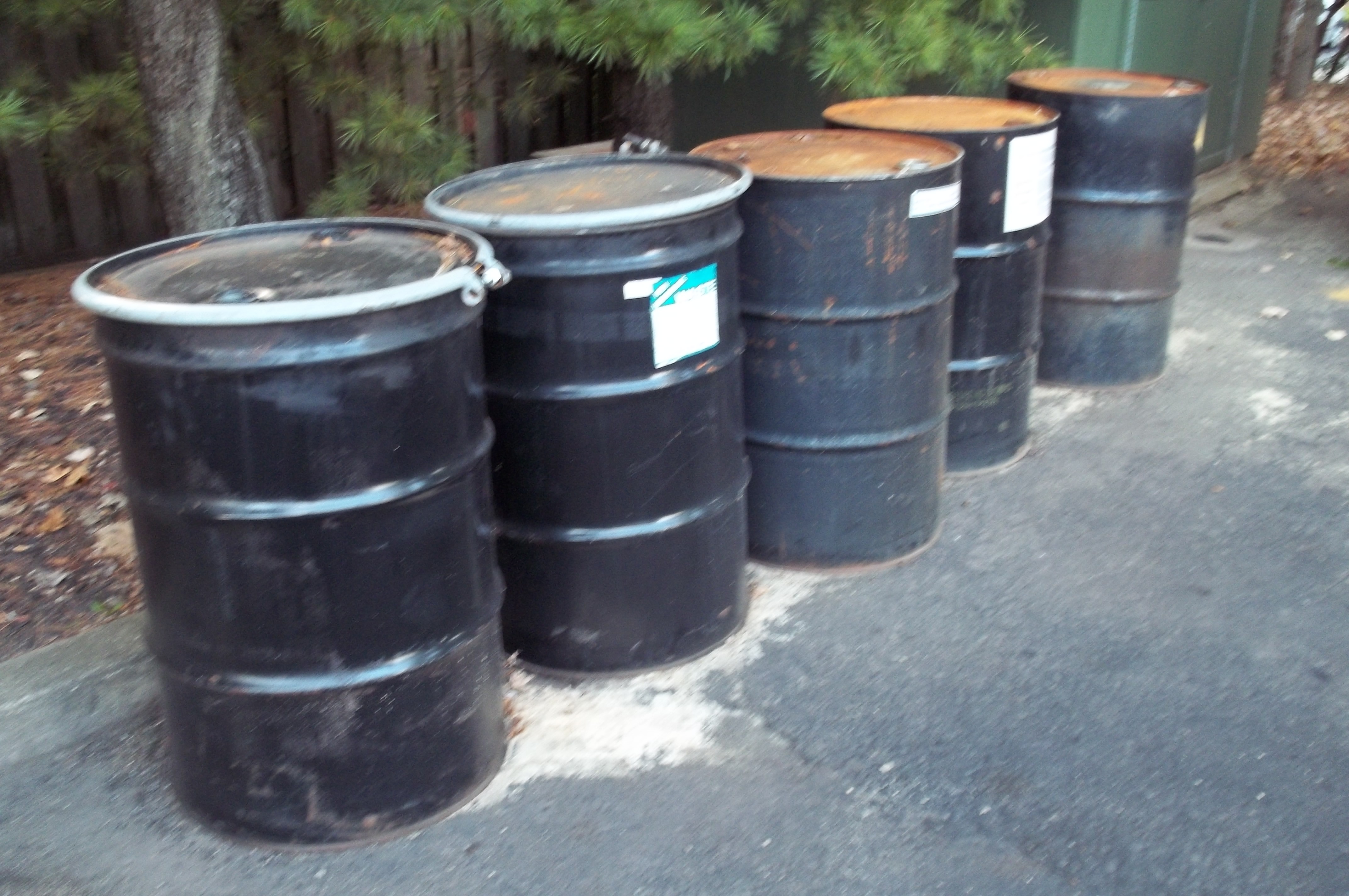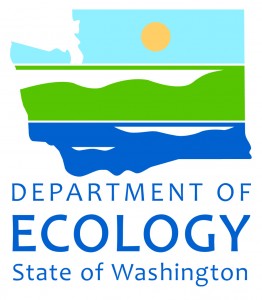I don’t mean to scare you, but this is important and I had to get your attention with the title. I’ve provided training and seen businesses all over this country in the past few years and I’ve observed these same violations time and again.
The bad news? An agency inspection – State or Federal – that results in the discovery of these violations could result in serious fines, even if no one was hurt or the environment damaged.
The good news? These violations – if you have them – are so easy to fix! Just an hour or two of time dedicated to them and you can be back in compliance before you go home today.
Disclaimer and Limitations:
I haven’t seen your facility (though I’d love to! Contact me for a free consultation and site visit that accompanies your Onsite Training) so I don’t know for sure what your status is with the environmental regulations. Also, I can only address the regulations of the U.S. Environmental Protection Agency (EPA) in this article. You may have more strict – or at least different – regulations of your state of which I am not aware. Once again, my Onsite Training is a great way to be trained on, and receive help coming into compliance with, state regulations if you do business in a state with an authorized hazardous waste program.
Contact me with any questions you may have about the generation, identification, management, and disposal of hazardous waste Daniels Training Services 815.821.1550 |
So, in no particular order, those violations and the simple fixes:
Violation #1:
Identifying a used oil tank or container as anything other than “Used Oil”. Unless you do business in Pennsylvania where it is identified as “Waste Oil” or California where it is “Hazardous Waste Used Oil”, the Federal regulations, and every state I am aware of, require a used oil generator to label containers, tanks and fill pipes for used oil as “Used Oil”. 40 CFR 279.22(c) couldn’t be more clear:
(c) Labels. (1) Containers and aboveground tanks used to store used oil at generator facilities must be labeled or marked clearly with the words “Used Oil.”
(2) Fill pipes used to transfer used oil into underground storage tanks at generator facilities must be labeled or marked clearly with the words “Used Oil.”
Print out “Used Oil” labels and affix them to every container or tank that contains used oil. That will do for today. Tomorrow, have someone create a stencil for “Used Oil” or devise some more durable form of identification.
Learn more!
Violation #2:
Not marking hazardous waste containers with the date of initial hazardous waste accumulation; i.e. the calendar date that the “first drop” of hazardous waste was placed in the container and the words “Hazardous Waste”. It’s simple really, the day that hazardous waste is first placed in a container it must be marked with the words “Hazardous Waste” and the date. This requirement applies to a large quantity generator of hazardous waste (LQG) per 40 CFR 262.34(a)(2 & 3):
(2) The date upon which each period of accumulation begins is clearly marked and visible for inspection on each container;
(3) While being accumulated on-site, each container and tank is labeled or marked clearly with the words, “Hazardous Waste”; and
It also applies to a small quantity generator of hazardous waste (SQG) per 40 CFR 262.34(d)(4), which refers back to the LQG responsibility at §262.34(a)(2 & 3):
(4) The generator complies with the requirements of paragraphs (a)(2) and (a)(3) of this section, the requirements of subpart C of part 265, with all applicable requirements under 40 CFR part 268; and
The following are not subject to these regulations:
- A conditionally exempt small quantity generator of hazardous waste (CESQG).
- An LQG or SQG that accumulates hazardous waste in a what’s commonly known as a “satellite accumulation area” pursuant to 40 CFR 262.34(c).
The Fix for Violation #2:
If you’re and LQG or SQG, take a walk around and make sure that every hazardous waste container – unless in a satellite accumulation area – is marked with the accumulation start date and “Hazardous Waste”. It doesn’t have to be fancy, it doesn’t have to be a pre-printed label, it doesn’t have to have any information other than what is indicated here (check with your state to be sure). Just make sure it is visible to your Hazardous Waste Personnel and to an inspector.
Violation #3:
Hazardous waste containers at an LQG or SQG that are not closed as required by 40 CFR 265.173(a), a section within 40 CFR 265, subpart I which is referred to as a requirement for both an LQG and an SQG.
(a) A container holding hazardous waste must always be closed during storage, except when it is necessary to add or remove waste.
“Closed” sounds like it should be easy to describe, but it’s not. It can be summarized as a performance standard that requires the container to be vapor-tight so there is no detectable release of vapors without the use of instruments and to be spill-proof so there will be no release of a hazardous waste even when the container is knocked over. That’s a pretty high standard and requires more than just a container’s lid held snugly in place.
The Fix to Violation #3:
If a container uses bungs or bolts for its closure, ensure they are in use at all times. Long-term training employees and providing them with the right tools will help ensure you stay in compliance. These latching lids from New Pig are one way to ensure compliance without hindering your employees access to the containers.
Learn more!
Violation #4:
A small quantity generator of hazardous waste that has not posted emergency contact information near its external communication devices. While a good idea for all hazardous waste generators – and indeed, all businesses regardless of the hazardous waste generated – EPA regulations at 40 CFR 262.34(d)(5)(ii) mandate this simple measure only for the SQG:
(ii) The generator must post the following information next to the telephone:
(A) The name and telephone number of the emergency coordinator;
(B) Location of fire extinguishers and spill control material, and, if present, fire alarm; and
(C) The telephone number of the fire department, unless the facility has a direct alarm.
Like this article? Subscribe to my Monthly Newsletter No marketing emails! |
The Fix for Violation #4:
You may want to check with your state environmental agency, but below I’ve provided a document from the Michigan DEQ website that meets the EPA requirements and likely that of your state as well. Just be sure to remove the reference to the “Michigan Pollution Emergency” phone number at the bottom of the page.
You must post this information near any communication device that would be used in an emergency to contact emergency response personnel outside of the facility.
Violation #5:
Universal waste containers not identified with one of the following options:
- “Universal Waste xxxxx”
- “Waste xxxxx”
- “Used xxxxx”
“xxxxx” in the above could be: “Battery(ies)”, “Lamp(s)”, “Mercury-Containing Device(s)”, or “Pesticides”. Or it could be a universal waste specific to your state. Both a small quantity handler and a large quantity handler of universal waste must comply with this simple requirement per 40 CFR 173.14(a) or §173.34(a):
(a) Universal waste batteries (i.e., each battery), or a container in which the batteries are contained, must be labeled or marked clearly with any one of the following phrases: “Universal Waste—Battery(ies),” or “Waste Battery(ies),” or “Used Battery(ies);”
The Fix for Violation #5:
“Simple” and yet so often done incorrectly. Don’t label your universal waste containers as “Bad lamps” or “Batteries to Recycle”, or “spent batteries”, or whatever else you can think of that is not one of the three available options.
No fancy labels are required. Just print them and slap them on the container, or nearby if you have a distinct storage area.
That’s enough for now!
Sure there are more, for starters:
- Not managing your hazardous waste container at or near the point of generation when in a satellite accumulation area per 40 CFR 262.34(c).
- Not including the home address and phone numbers of the emergency coordinators identified in your contingency plan.
- Accumulating hazardous waste on-site in excess of the time and/or volume limits of your hazardous waste generator status.
- Not completing a documented hazardous waste determination for all waste generated.
- More…
Contact me with any questions you may have about the generation, identification, management, and disposal of hazardous waste Daniels Training Services 815.821.1550 |
Those violations are more complicated to explain and the solutions will take more of your time. The five I’ve identified here are common occurrences with simple fixes. If you have any other questions regarding your compliance with the hazardous waste regulations of the USEPA or of your state, please don’t hesitate to contact me. I’ll help you with the easy stuff and the hard stuff.



 U.S Environmental Protection Agency Region 10.
U.S Environmental Protection Agency Region 10. The other interesting aspect of this announcement is that the U.S. Army is subject to EPA regulations under RCRA. Got that? There is no exclusion from regulation under RCRA even for our armed forces. (Last month I published an announcement of
The other interesting aspect of this announcement is that the U.S. Army is subject to EPA regulations under RCRA. Got that? There is no exclusion from regulation under RCRA even for our armed forces. (Last month I published an announcement of 



